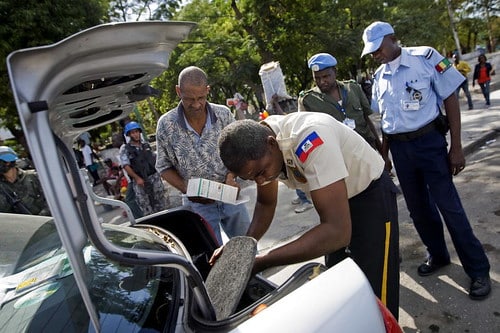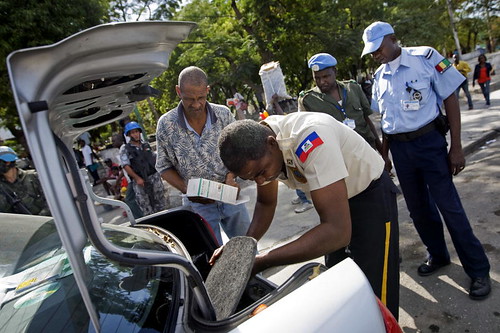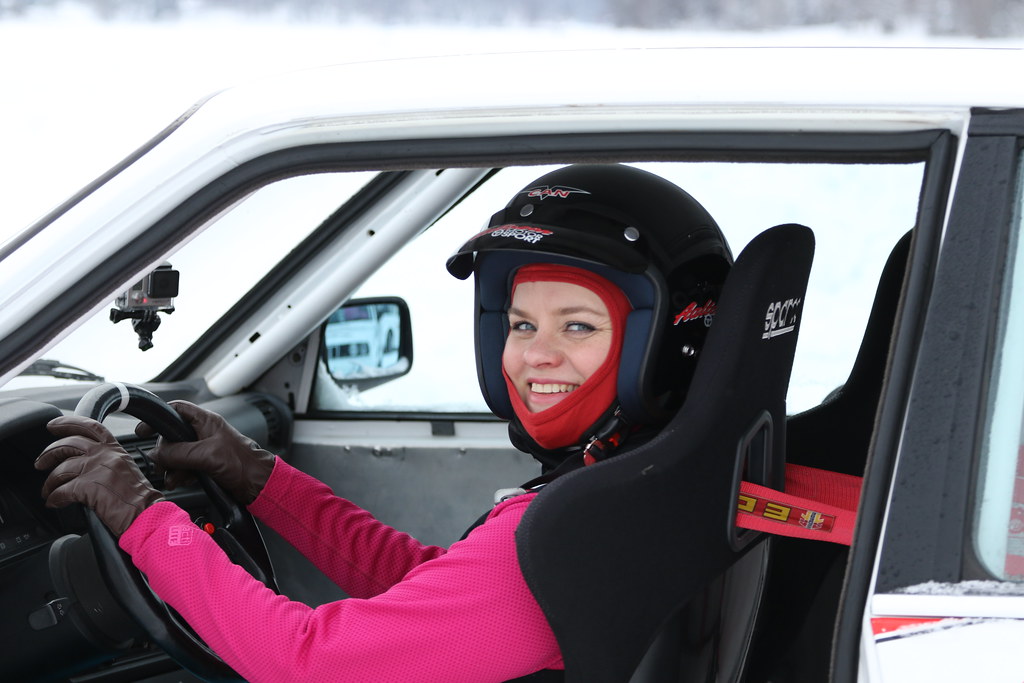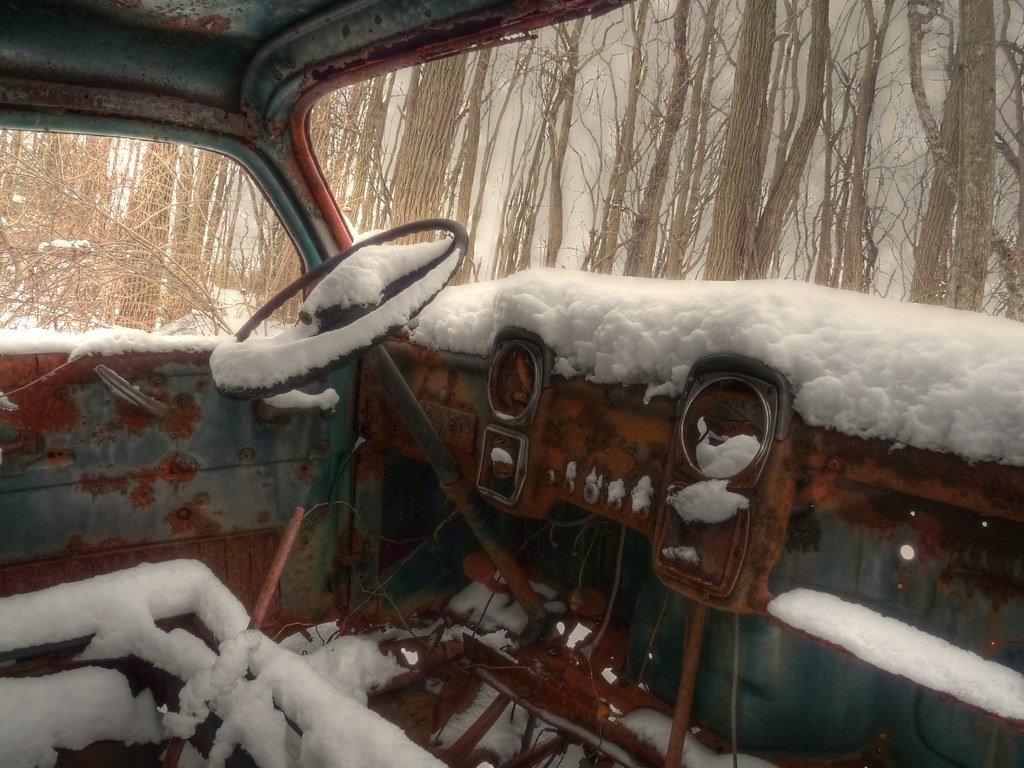AAA is predicting that 93.3 million Americans will hit the road over the next few days. That’s 1.6 percent more than last year and just 400,000 people shy of the 2006 record.
AAA is also beefing up their staff and preparing its employees for the onslaught of calls from stranded drives all across the country.
Accidents happen, but follow these tips below to insure that you do everything you can to get to your family safely.
Checklist & Tips for Safe Winter Driving
• Battery and Charging System – Have the battery and charging system tested by a trained technician. A fully charged battery in good condition is required to start an engine in cold weather. Automotive shops offer a full charging system diagnostic for a minimal cost (under $20.00) if not for free.
This is one of the number one reason drivers end up stranded as old batteries will quickly be sapped in the cold weather.
• Battery Cables and Terminals – Check the condition of the battery cables and terminals. Make sure all connections are secure and get rid of any corrosion on the terminals and posts.
• Drive Belts – Inspect belts for cracks or fraying. Don’t just look at the top surface of the belt. turn it over and check the grooves for cracks or uneven wear.
• Engine Hoses –Visually inspect the cooling system hoses for leaks, cracks and loose clamps. Also, squeeze the hoses to check for any that may be brittle or spongy these will need replacement.
Tire Inspection
Regardless of season, you should inspect your tires at least once a month and always before a long road trip. It only takes about five minutes.
If you find yourself driving wet, icy, or otherwise less-than-optimal road conditions, you’ll be glad you did!
• Check tire pressure and make sure each tire is filled to the vehicle manufacturer’s suggested PSI (pounds per square inch) of air pressure, which is listed in your owner’s manual and on a label inside the driver’s door.
• Keep a tire pressure gauge in your glove box or console at all times and check pressure at least once per month when tires are cold meaning they haven’t been driven on for at least three hours.
• Look closely at your tread and replace tires with uneven wear or insufficient tread. Tread should be at least 1/16 of an inch or greater on all tires.
A quick check for this is the old penny trick; place a penny inside your tire tread, if any part of honest Abe’s head is covered by the tread then you have at least the bare minimum tire tread that is considered safe.
It is then up to you to decide if the bare minimum is enough for you.
Know your car
Every vehicle handles differently, especially when driving in winter conditions. Take time now to learn how to best handle your vehicle in icy weather.
• Practice cold weather driving when your area gets snow but not on a main road! Until you’ve sharpened your winter weather driving skills and know how your vehicle handles in snowy conditions, it’s best to practice in an empty lot in full daylight.
• Drive slowly. It’s harder to control or stop your vehicle on a slick or snow-covered surface. On the road, add a significant amount of extra distance (think 6 car lengths or more) to allow plenty of time to stop.
• Cold weather braking is tricky: Know what kind of brakes your vehicle has and how to use them properly. In general most new cars will have ABS installed but check to be sure. If you have anti-lock brakes apply firm pressure, if you have non anti-lock brakes, pump the brakes gently.
• If you hit a patch of ice and find yourself in a skid, stay calm and ease your foot off the gas while carefully steering in the direction you want the front of your vehicle to go.
This procedure, is known as “steering into the skid,” and will help bring the back end of your car in line with the front.
As a note the above tips on cold weather driving are especially crucial to follow if you live in a warm climate and don’t have much experience driving on icy or slick roads.
Plan ahead
Keep yourself and others safe by planning ahead before you venture out into bad weather.
• Check the weather, road conditions, and traffic; plan to leave early if necessary.
• Don’t rush! Allow plenty of time to get to your destination safely. Trying to leave out at the last second not only makes your trip more hectic but the added pressure of being on time will make you much more prone to getting into an accident.
• Familiarize yourself with directions and maps before you go, and let others know your route and anticipated arrival time.
Even if you have a GPS, you never know when the satellite could cut out. I always carry hard copy directions as well as directions on my cellphone in addition to my GPS
• Keep your gas tank close to full. If you get stuck in a traffic jam or in snow, you might need more fuel to get home or keep warm.
If you do find yourself stuck in the snow make absolutely sure that if you run your engine for heat, you crack your windows and keep your tailpipe clear of snow or anything that could block the exhaust.
Otherwise you could end up being disoriented and eventually die from carbon monoxide poisoning
If road conditions are hazardous, avoid driving if possible.
Keep your vehicle well stocked
Carry items in your vehicle to handle common winter driving tasks such as cleaning off your windshield as well as any supplies you might need in an emergency.
Keep the following on hand:
• Snow shovel, broom, and ice scraper.
• Sand or kitty litter, this can be put under your tires to gain traction if your vehicle gets stuck in the snow.
• Jumper cables, flashlight and warning devices, such as flares and markers.
• Blankets for warmth.
• A cell phone and DC charger, water, food, and any necessary medicine (for longer trips or when driving in lightly populated areas).
For other ideas on what to pack in your safe travel emergency kit see my previous post below:
Know what to do in a winter emergency
If you are stopped or stalled in wintry weather, follow these safety rules:
• Stay with your car and don’t overexert yourself.
• Keep warm
• Keep calm
• Put bright markers on the antenna or windows. If the snow has stopped, open your hood, this is a universal sign of distress
• I said this above but I wanted to restate it: To avoid suffocation from carbon monoxide poisoning, don’t run your car for long periods with the windows up or in an enclosed space.
If you absolutely must run your vehicle, clear the exhaust pipe of any snow and run it just long enough to stay warm!
Happy holidays and drive safely!
Want more tips? Check out these related articles from our site:
Follow us on Facebook, Instagram, Twitter, and Pinterest!
**Disclaimer: All content on this site is for informational purposes only. Please read our full disclaimer here**
Editor’s Note: This post was originally published on December 24, 2012, and has been updated for quality and relevancy.





